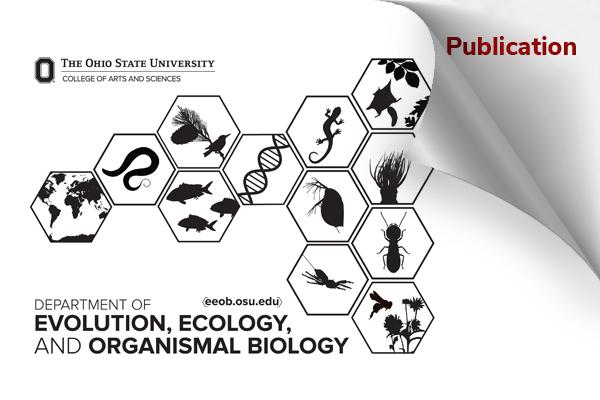EEOB Publication - Berger-Wolf

Characterizing and Modeling AI-Driven Animal Ecology Studies at the Edge
Jenna Kline, Austin O’Quinn, Christopher Stewart, Tanya Berger-Wolf. arXiv:2412.01000v1 [eess.SY] 1 Dec 2024
Abstract
Platforms that run artificial intelligence (AI) pipelines on edge computing resources are transforming the fields of animal ecology and biodiversity, enabling novel wildlife studies in animals’ natural habitats. With emerging remote sensing hardware, e.g., camera traps and drones, and sophisticated AI models in situ, edge computing will be more significant in future AI-driven animal ecology (ADAE) studies. However, the study’s objectives, the species of interest, its behaviors, range, and habitat, and camera placement affect the demand for edge resources at runtime. If edge resources are under-provisioned, studies can miss opportunities to adapt the settings of camera traps and drones to improve the quality and relevance of captured data. This paper presents salient features of ADAE studies that can be used to model latency, throughput objectives, and provision edge resources. Drawing from studies that span over f ifty animal species, four geographic locations, and multiple remote sensing methods, we characterized common patterns in ADAE studies, revealing increasingly complex workflows involving various computer vision tasks with strict service level objectives (SLO). ADAE workflow demands will soon exceed individual edge devices’ compute and memory resources, requiring multiple networked edge devices to meet performance demands. We developed a framework to scale traces from prior studies and replay them offline on representative edge platforms, allowing us to capture throughput and latency data across edge configurations. We used the data to calibrate queuing and machine learning models that predict performance on unseen edge configurations, achieving errors as low as 19%.
